
European heritage brands add to luxury offering in Hong Kong, catering to shoppers looking for something unique
Parisian accessories house Fauré Le Page is the latest of several small luxury brands to have opened stores in the city
Hongkongers may not lust after luxury brands like they used to, but that doesn’t mean they have tired of them altogether. In the past few years there has been a growing demand for products created by under-the-radar luxury heritage houses specialising in everything from leather goods to cosmetics.
Asian fashion rivals Western brands as customers take pride in home-grown labels
Like Louis Vuitton and Hermes, many of these brands were established hundreds of years ago in Europe and quickly became household names thanks to their colourful history, infamous clientele and emphasis on craftsmanship and quality. The difference being that most of these heritage houses are still unknown outside Europe, making them all the more appealing to consumers in Asia craving something unique.

“Being able to connect a brand’s history with its product today helps its audience make sense of its reason of being. This is especially resonant in our region given the reverence and curiosity we have for savoir faire,” says Ian Kwon, vice-president of merchandising, creative and marketing at Joyce.
New names to have popped up in Hong Kong in the past few years include leather goods houses Moynat from France and Delvaux from Belgium. The latest to add to the list is Parisian luxury accessories house Fauré Le Page, which opened pop-up spaces in Joyce’s Central and Harbour City stores last week.
Fauré Le Page’s history is a little different from the others. It was established in 1717 as a master gunsmith to French aristocracy and royalty. It became a permanent part of the country’s history when the Le Page family handed out weapons to the revolutionary forces during the revolutions of 1789 and 1830.

The house stayed under the same family for seven generations, during which it continued to create elaborate weapons and other goods, while garnering awards at various world fairs and exhibitions. After 1925, it passed through the hands of several families where it continued to sell leather hunting goods, before being acquired in 2011 by creative director Augustin de Buffevent.
How Western contemporary fashion brands are cashing in on Hong Kong’s luxury downturn
“I knew about it [the company’s history], but not as much as I know now, of course. Once I pushed the door, it was love at first sight,” he says. “To me it was not about relaunching the brand, but a revival. They still had a small atelier in Palais Royal creating leather goods but the house needed to be woken up.”
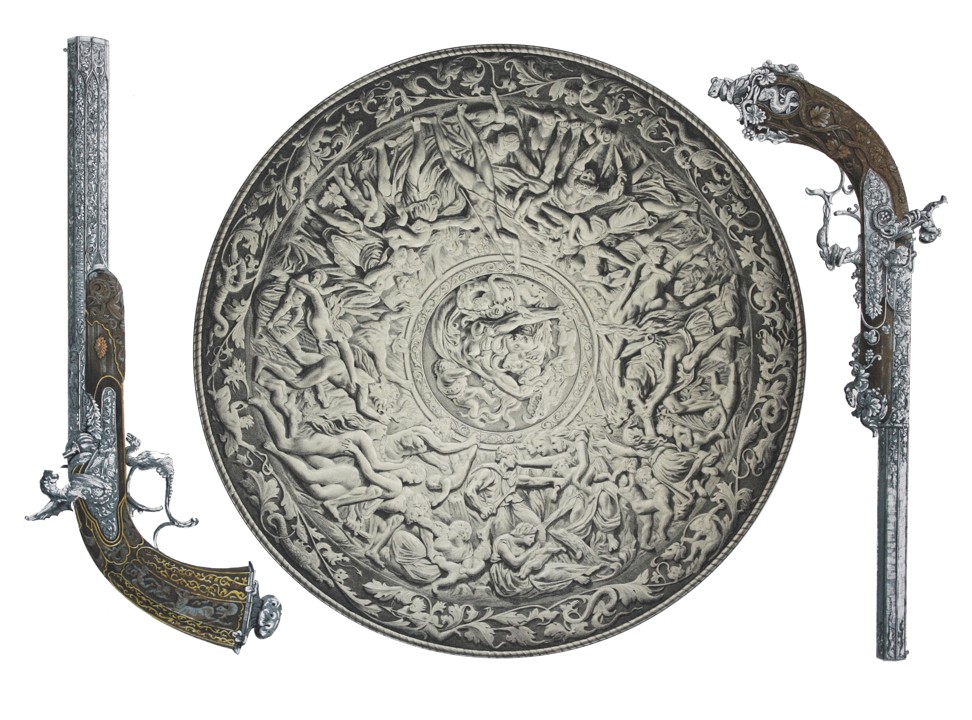
Drawing on the house’s history of weaponry, de Buffevent wanted to create a collection of products that symbolised power and prestige, much like the weapons Le Page made in the past. Interestingly, the house also specialised in various crafts from metal and wood work to leather goods, giving him plenty to work with.
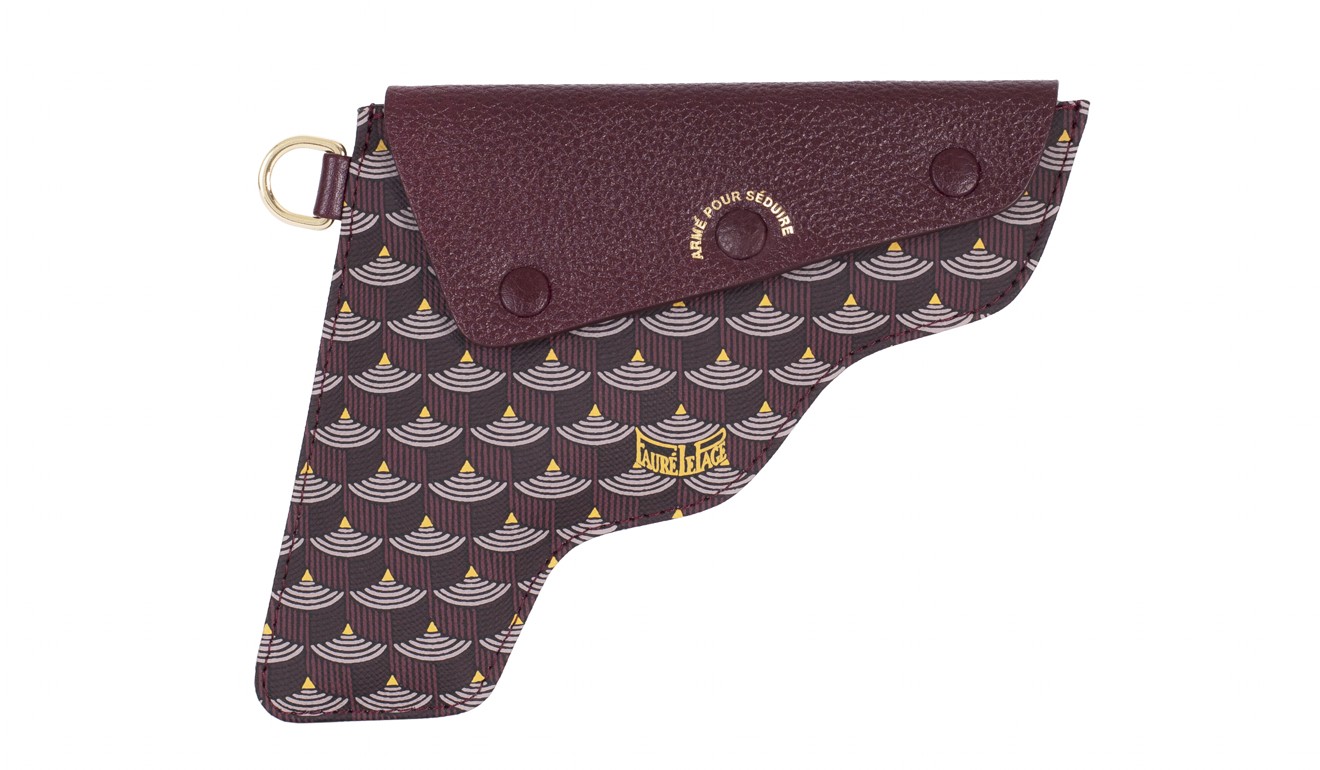
“People don’t realise that leather goods were created by gunsmiths. Bags were made initially for men not women. Many shapes that have been adopted by the fashion world come from the hunting industry such as the bucket bag. [The brand] have covered many product categories so we had a lot to work with,” he says.
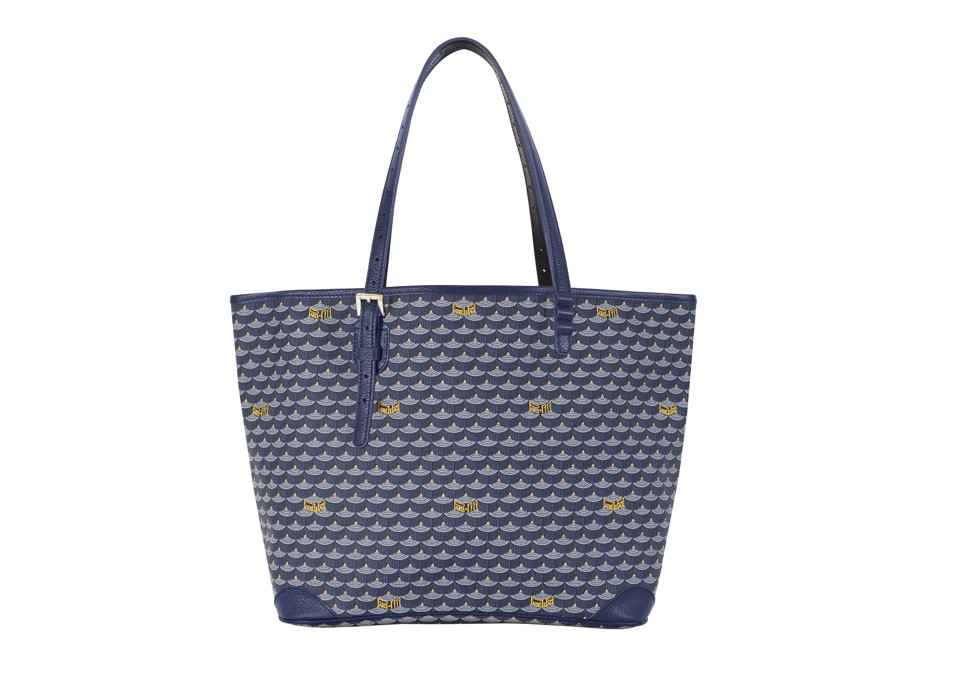
De Buffevent then explored the archives, where he uncovered countless motifs and designs. He ended up selecting a scale pattern which was used for high-end weapons and that traditionally symbolised strength. This has since become Fauré Le Page’s most recognisable print, and covers a host of leather goods ranging from totes to pistol-shaped handbags – or what he calls “weapons of seduction”.
Chinese ex-investment banker sees fashion crowdfunding start-up as short cut to success for designers
“This is one of the most elaborate prints of the luxury world. It’s made the same way as we print silk using screens. We need one screen per colour and all the colours are very close so it’s a painstaking process to create it,” he says.

The brand made its official debut in 2012 with a small shop a stone’s throw from the original Chanel store on Rue Cambon in Paris. Since then de Buffevent has kept it extremely exclusive, preferring not to launch a website, and allowing customers to discover it on their own or by chance.
Steering clear of the traditional fashion seasons, Le Page launch items on a regular basis (sunglasses are up next) alongside more exclusive pieces created by the atelier. And, despite new outlets in cities such as Tokyo and now in Hong Kong, de Buffevent is determined to keep the brand small and exclusive.
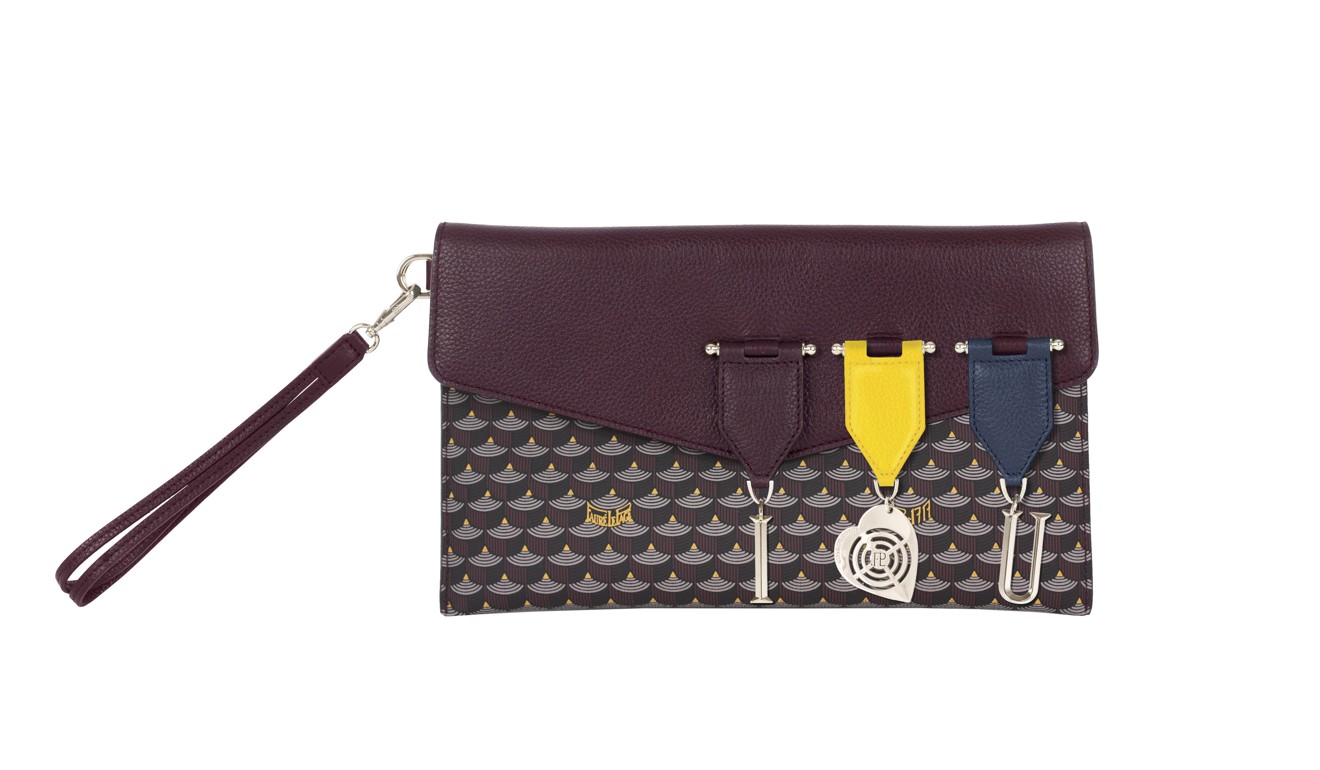
“I am not comfortable with calling this a luxury house as it implies that we are big. To me it’s a house inviting people to come explore and be our guest,” he says. “Buying Fauré Le Page is like entering a family spirit that is very specific. I want to keep this level of intimacy.”
Hong Kong brands get foothold in fashion industry with Paris shows
Three other historic houses to have hit Hong Kong
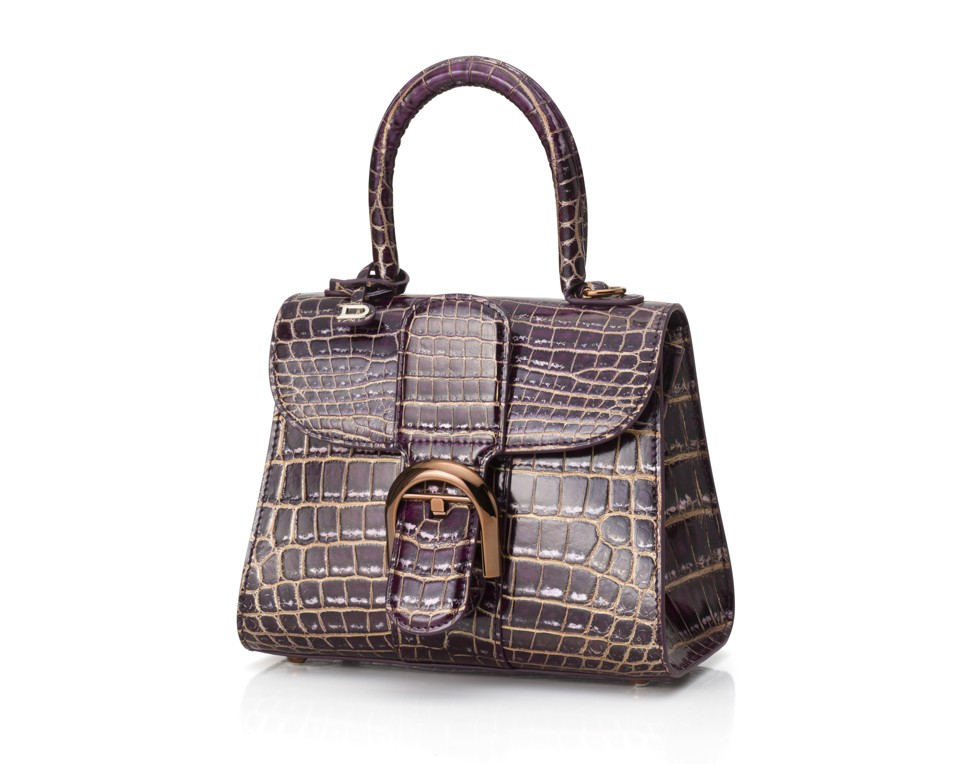
Moynat
Moynat was founded in 1849 by trunk makers Octavie and François Coulembier. In 2011 it was relaunched by luxury goods conglomerate LVMH.
Delvaux
Belgian luxury house Delvaux was founded in 1829 by trunk maker Charles Delvaux, and has long been referred to as the Hermes of Belgium.
L’Officine Universelle Buly
This pharmacy was founded by cosmetician and perfumer Jean-Vincent Bully in the early 19th century and is known for its innovative perfumes and skincare products.

